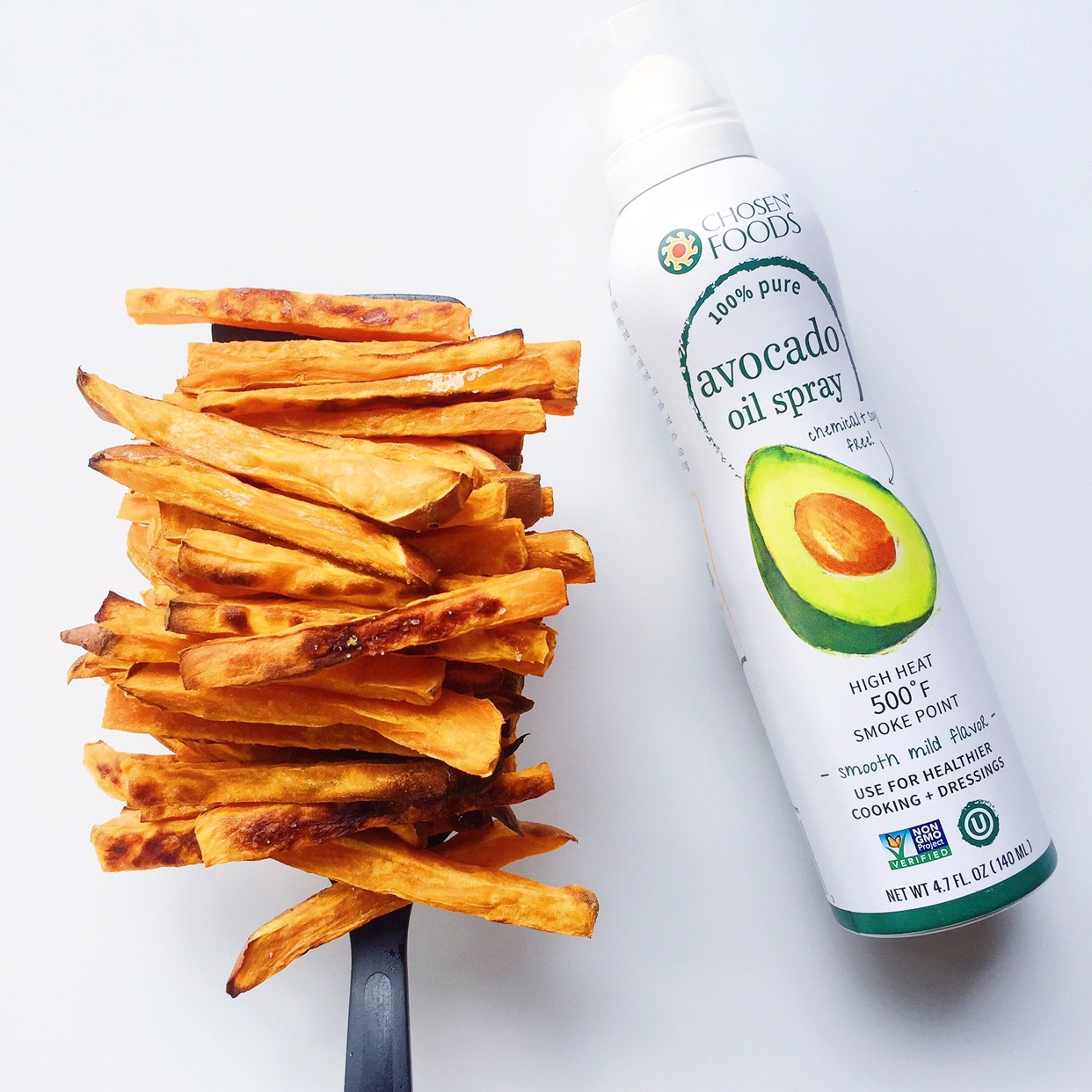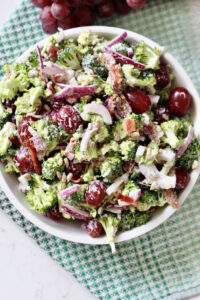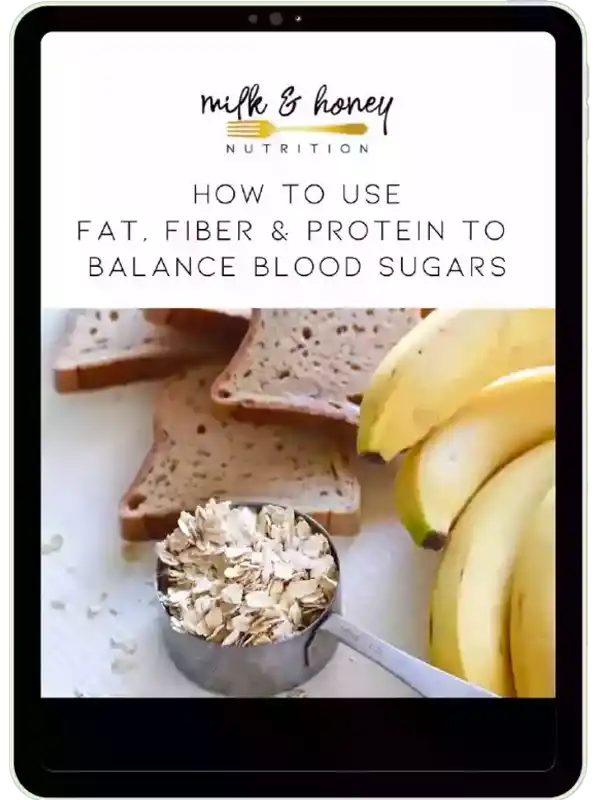
Every oil that you cook with, even the “healthy” oils, has a certain temperature called a smoke point. Once an oil is heated enough and reaches its smoke point, it does just that… it starts to smoke and break down. As the oil is breaking down, it starts to become more oxidized. These oxidized parts of the oil may cause damage to cells inside your body, and increase your risk for cancer.
The good compounds/chemicals in fruits, vegetables, and healthy fats, known as ANTIoxidants, help fight these oxidized parts of the oil and potentially reduce your risk for cancer. This is why it is so important to eat a well-balanced diet filled with quality plant based foods. In fact, the American Institute for Cancer Research (AICR) recommends at least 2/3 of your diet come from quality plant based foods like avocado oil, fruits, veggies, nuts, and seeds.
Why I love avocado oil…
I LOVE avocado oil! And specifically, Chosen Foods avocado oil! So much so, that I’m honored to serve as a Chosen Foods Ambassador Why?! Well, let me tell you…
Before I launched Milk & Honey Nutrition, I was the Employee Wellness Dietitian at MD Anderson Cancer Center, the nation’s number one cancer hospital. Because of this, I am very passionate about helping people eat to reduce their cancer risk.
It’s a good idea to cook with oils that have a higher smoke point. Cooking with these high smoke point oils helps you minimize the amount of oil that is oxidized. And that’s where avocado oil comes in. It has a smoke point over 500 degrees! That means you can bake, sauté, pan fry, etc. almost anything, and not have to worry about hitting its smoke point. Let’s look at the smoke point of some common cooking oils…
Smoke Point (°F) of Common Cooking Oils
Extra Virgin Olive Oil 320
Coconut 350
Canola 400
Grapeseed 420
Peanut 450
Sunflower 450
Avocado 520
While olive oil and coconut oil are great for spraying on salads and low-temperature cooking, they will start to smoke and oxidize at 350 degrees or less. Most types of cooking reach higher temperatures than 350 degrees. Avocado oil is ideal in most situations, and will save you the trouble of having to look up smoke points each time you cook! Give it a try in baked goods, roasted veggies (using the Chosen Foods avocado oil spray), seared meats, and any of your favorite recipes!
So, what are your thoughts? Do you use avocado oil? Do you think you’ll start after reading this? Leave a comment below and let me know!






One Response
Avocado oil is great – I love the Chosen Foods spray as well. I hear this myth a lot, but extra virgin olive oil actually has a smoke point closer to 400 F making it a good option for cooking and baking.